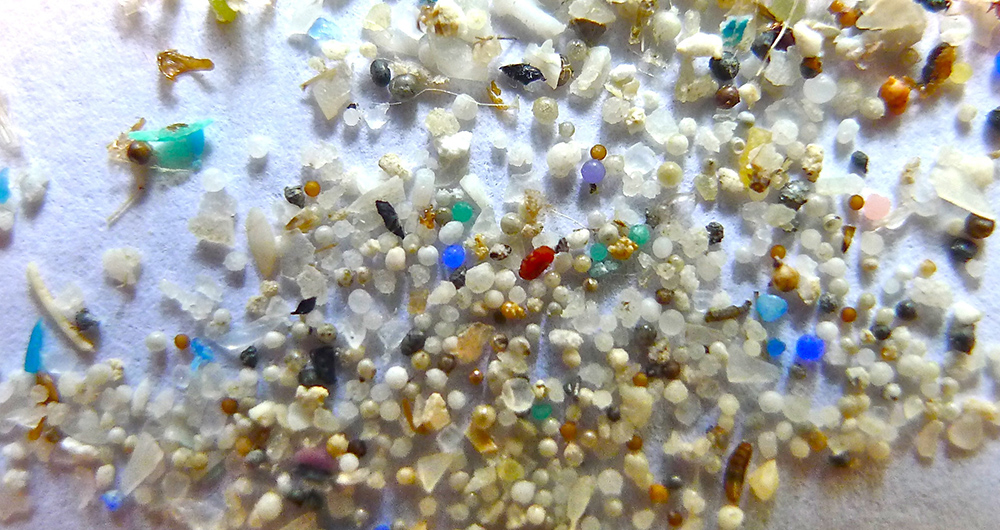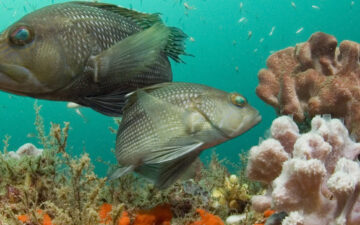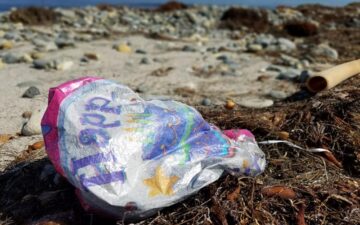On January 21, TOF Board members Joshua Ginsberg, Angel Braestrup, and I participated in a Salisbury Forum event focused on plastic waste in the ocean. The event began with the 2016 film “A Plastic Ocean,” a beautifully filmed, emotionally devastating overview of the ubiquitous distribution of plastic waste throughout our global ocean (plasticoceans.org) and the harm it is causing to ocean life and to human communities as well.
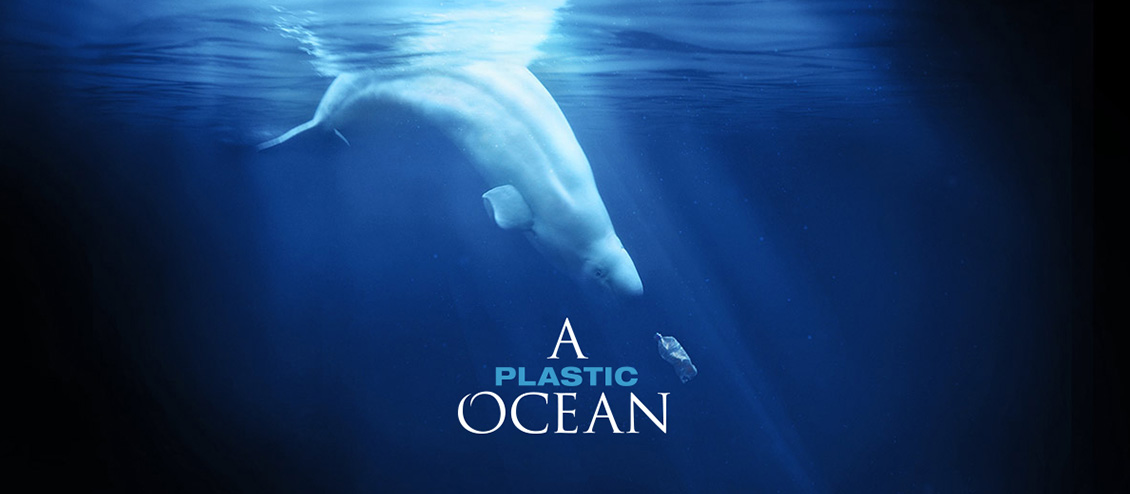
Even after all these years and all the hard stories we have had to watch, I still get very upset when I see such evidence of our abuse of the ocean as whales suffocating from inhaling plastic sheeting, birds’ stomachs too full of pieces of plastic to process food, and children living by a toxic salty soup. As I sat there in the crowded Moviehouse in Millterton, New York, I started to wonder whether I could even speak after watching so many painful stories.
There is no question that the numbers are overwhelming— trillions of pieces of plastic in the ocean that will never go away completely.
95% of them are smaller than a grain of rice and thus readily consumed by the bottom of the food chain, readily part of the intake of filter feeders such as whale sharks and blue whales. The plastics pickup toxins and leach other toxins, they choke waterways, and they are everywhere from Antarctica to the North Pole. And, despite our awareness of the breadth of the problem, plastics production is forecast to triple, aided by low prices for fossil fuels, from which so much plastic is made.
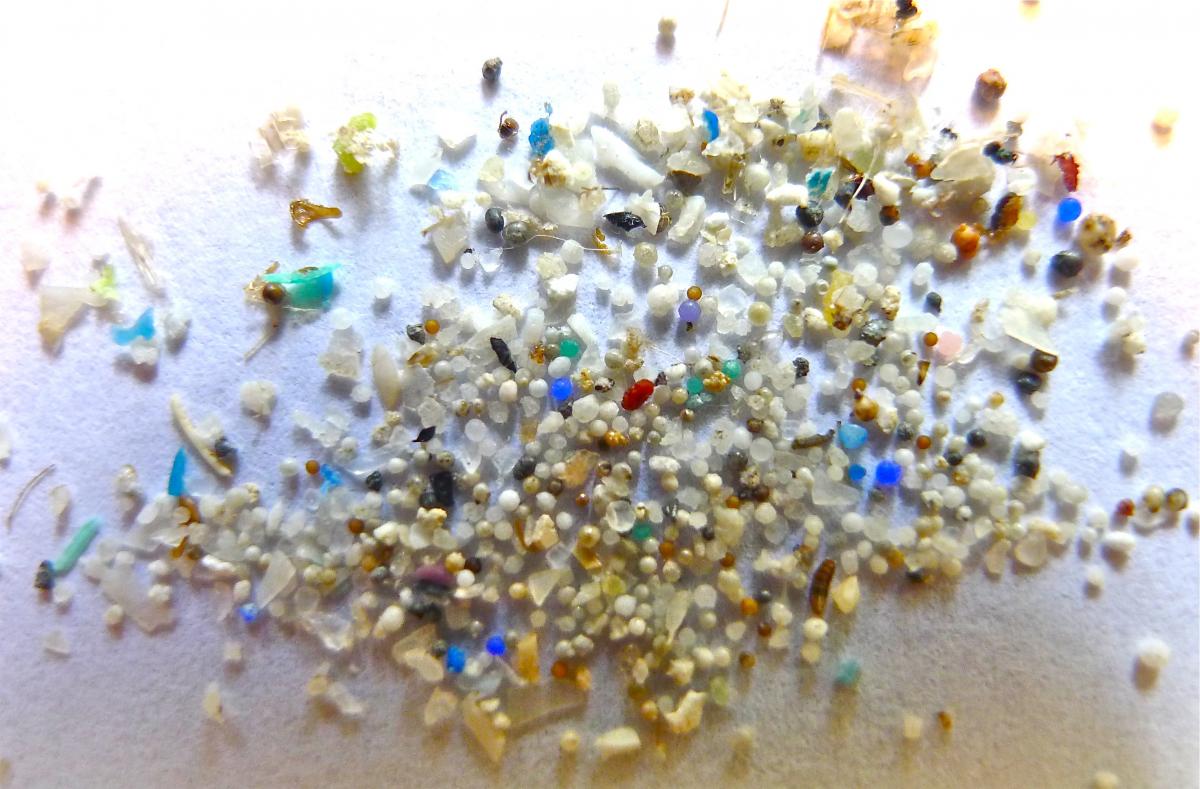
Microplastic, Oregon State University
To the credit of the filmmakers, they offer us all the opportunity to participate in solutions— and the opportunity to voice our support for broader solutions for places such as island nations where addressing the existing mountains of waste and planning for future management is urgent, and necessary for the health of all ocean life. This is especially true where sea level rise is threatening both waste sites and other community infrastructure, and communities are even more at risk.
What the movie reemphasizes is this: There are multiple threats to ocean life, and to the oxygen-producing capacity of the ocean. Plastic waste is a significant one of those threats. Ocean acidification is another. Pollutants flowing from land into streams, rivers, and bays is another. In order for ocean life to thrive, we have to do as much as we can to reduce those threats. That means a number of different things. First, we have to support and enforce the laws that are intended to limit harm, such as the Marine Mammal Protection Act, which has done so much to help marine mammals recover and can continue to do more if its provisions are defended.
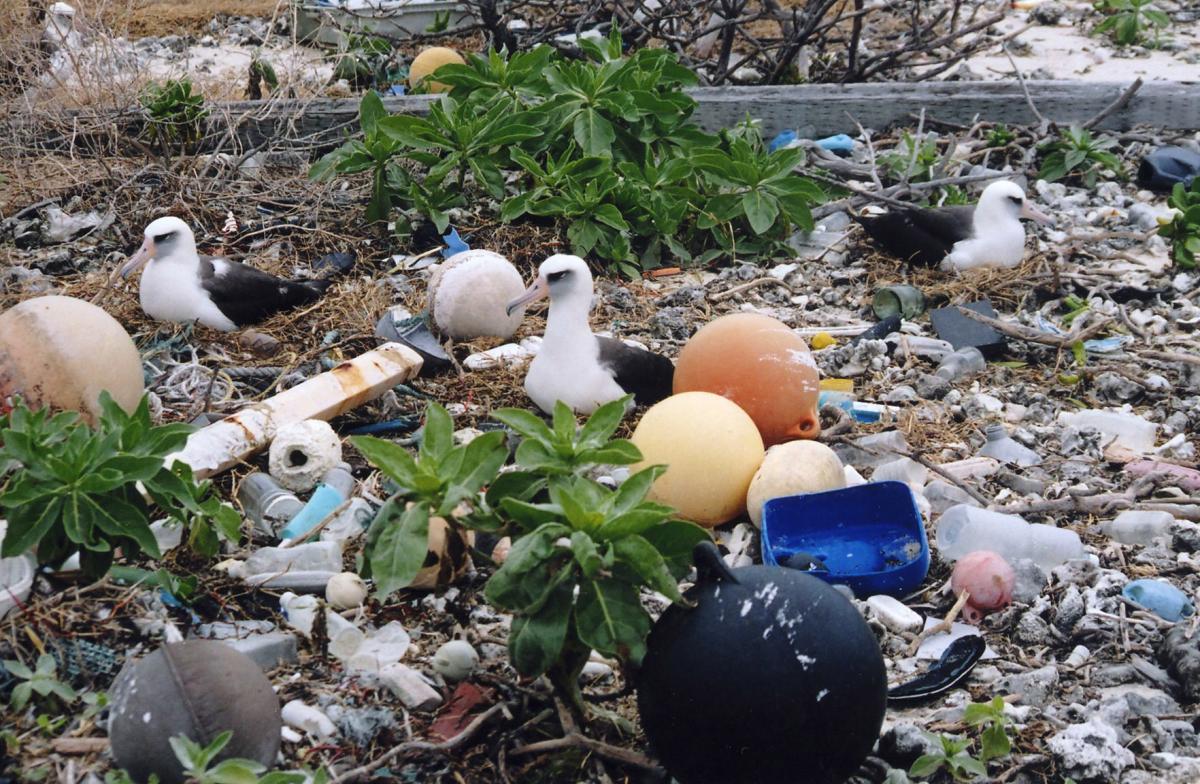
Marine debris in albatross nesting habitat, Steven Siegel/Marine Photobank
Meanwhile, as scientists, concerned citizens, and others work on ways to get plastic out of the ocean without doing more harm to ocean life, we can do everything we can to keep plastic out of the ocean. Other dedicated individuals are working on ways to ensure that plastic producers bear more responsibility for the plastic waste. Earlier this month, I met with Matt Prindiville of Upstream (upstreampolicy.org), an organization whose focus is just that— surely there are ways to manage packaging and other uses of plastic that reduce the volume and improve options for recycling or reuse.
Sea Urchin with Plastic Fork, Kay Wilson/Indigo Dive Academy St.Vincent and the Grenadines
Each of us can work to limit our use of single use plastics, which is hardly new as a strategy. At the same time, I know we all have to maintain the habit of bringing our reusable bags to the store, bringing our reusable water bottles everywhere (even the movies), and remembering to ask for no straws when we order our beverages. We are working on asking our favorite restaurants whether they could shift to “ask for your straw” policies rather than making it automatic. They might save some money, too.
We need to pitch in— helping to keep plastic trash where it belongs and removing it from where it’s not— sidewalks, gutters, and parks. Community clean-ups are great opportunities and I know that I can do more every day. Join me.
Learn more about ocean plastic and what you can do to prevent it.
